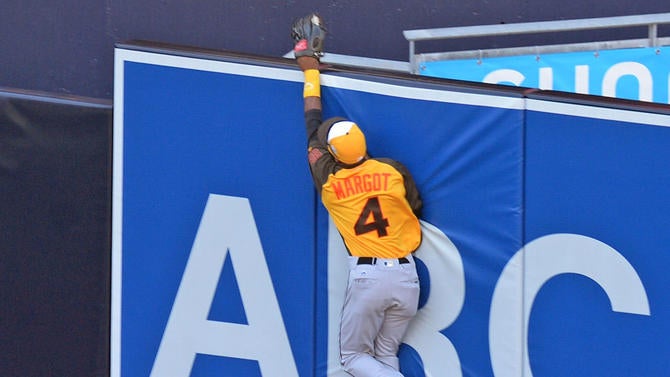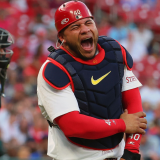Outside of the postseason and the day we crown a champion, Sept. 1 is one of the final significant dates remaining on the 2016 baseball calendar.
The day marks two occasions: first, it signals the start of the roster-expansion period; second, it represents the end of playoff eligibility. Confused already? Don't worry, you've just stepped into the zany and at-times indecipherable world of baseball's transaction rules.
To help make sense of everything, we've decided to answer some commonly asked questions about both expanded and postseason rosters.

What is the roster-expansion period?
You've probably heard the phrase "September call-up" before. If not, this is the time of the year when the minor-league regular season ends, thereby freeing additional players to join the big-league roster. Teams are allowed to bring up as few players as they want, with the maximum roster limits stretching from 25 to 40 players.
How do teams use these additional roster spots?
It varies. Some teams bring their youngsters to the Show to get them acclimated to big-league life. Others recall fringe and up-and-down pieces who can provide depth, or who can partake in situational baseball. Recent versions of the Angels, for instance, used their extra 40-man roster spots in this manner. Most teams mix-and-match between those strategies.
What happens when teams have an unbalanced number of players?
Nothing. You're certain to see games where one team has a handful of players more than their opponent. This is becoming more and more of a talking point -- our Mike Axisa defended the expanded-roster concept last year -- and baseball has reportedly discussed enforcing a 25-man limit during September, wherein teams would have to designate their active rosters before games. Obviously that such legislation has yet to be implemented.

What determines postseason eligibility?
It used to be a player had to be on the 25-man roster or on the disabled list by Sept. 1. That's no longer the case, as all players on the 40-man roster are now eligible -- teams just have to pick their 25-man rosters before their playoff series.
What happened to the Francisco Rodriguez/David Price loophole?
Baseball made it less necessary to exploit, since simply being on the 40-man roster is enough to establish eligibility. For those not in the know, teams used to skirt the rules by using a trick involving the 60-day disabled list. The Rays, for instance, placed Jae Kuk Ryu on the 60-day DL at the last second back in 2008 as a way to get Price onto the postseason roster without him being on the active roster until mid-September. Under the new rules, Price would've been eligible regardless, given he was already on the 40-man roster.
To be clear: teams can still sub in non-40-man players using the DL exemption trick, provided the injured player spent 60-plus days on the shelf. But, in cases like Price's, things are thankfully more streamlined and intuitive now -- well, at least so far as baseball's roster rules go.






















